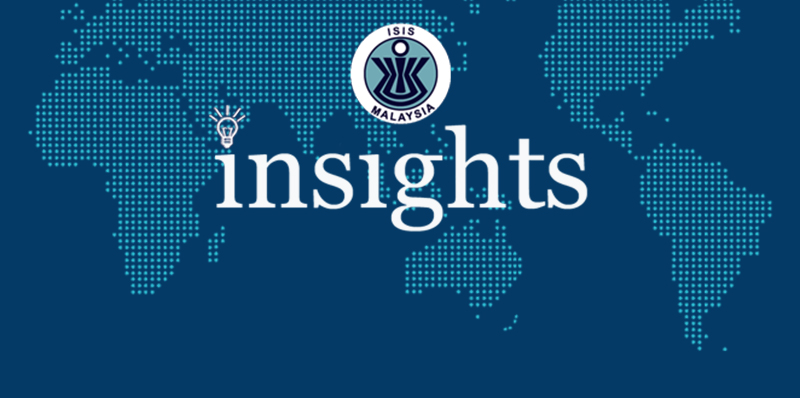The Asean leaders’ meeting on Saturday in Jakarta looks set to proceed despite being beset with multiple challenges. The meeting on Myanmar will only be meaningful if all its leaders attend. At the time of publication, only four have confirmed their attendance. Thai Prime Minister Gen Prayut Chan-o-cha, who leads one of the two member states with any actual influence with Naypyidaw, confirmed he will not be attending. Perhaps he is uncomfortable with the reflection he sees.
At best, this speaks of the division within Asean on how to approach Myanmar. At worst, it’s a damning response to the efforts of Indonesia, Malaysia and Brunei to push for the meeting and the argument that Asean cannot remain indifferent to the instability that has engulfed Myanmar since the Feb 1 coup.
Asean has also been slammed for inviting Senior Gen Min Aung Hlaing to the meeting. Some have painted this as a tacit recognition of the junta and by extension, the coup and its bloody aftermath. There is no easy way to say this – Aung Hlaing’s presence is a necessary first step for Asean to have any chance of trying to make a difference in the long run.
Understandably, this is an unpalatable proposition to those who oppose the coup and who suffer daily at the hands of uniformed thugs whose speciality is repression and genocide, rather than national defence.
True, Aung Hlaing will likely use the meeting to buy time and extract concessions of legitimacy. There is every likelihood that Asean’s attempts at engagement will fail. But Asean needs to engage within the parameters of the organisation before it considers an escalation. If that were at all possible.
There are no quick and clear solutions here. The Tatmadaw, as reprehensible as they are, are a stakeholder that policymakers have to engage with. Asean needs to deal with the situation as it is, not as it would like it to be.
Asean’s experience with the “Nargis model” – in the aftermath of the 2008 cyclone – is important as it tries to combine the humanitarian and political approaches. Asean also needs to work with key dialogue partners – China, Japan and India – to convince the generals to pull the country back from the brink. Those partners might take some convincing themselves.
To succeed in the long run, whatever political reconciliation process must be Myanmar-owned and Myanmar-driven. Given its restrictive frameworks, Asean can only facilitate. It could do more, but that requires a coalescence of national interests and political will that is unlikely to happen.
Where does Malaysia stand in all this? Malaysia has been one of the few member states to voice its concerns, calling for a return to “normalcy”. Explicitly, this entails an end to the violence and the release of political detainees, including the president and state counsellor.
Malaysia has also pressed for the appointment and acceptance of Asean representatives to assess the situation through meetings with all stakeholders. Given recent developments in some of the frontier states, these stakeholders should also include the ethnic armed organisations (EAO), not just the state administration council and national unity government.
It is highly unlikely that the Tatmadaw will accede but Malaysia (and Asean) should not budge on this. Political processes cannot be rushed but they ought to be comprehensive from the start or risk collapse in the long run.
Like it or not, the perception in Asean is that Malaysia is one of those expected to take the lead at the meeting. Malaysia has to be very cautious here. Our bilateral relations with Myanmar are not in good shape. Malaysia stands ready to assist but this is a two-way street – it must be met with some goodwill and an indication from the Tatmadaw to deescalate the crisis.
Given the complexity and extreme divergence at play, there is a real likelihood that things might get a whole lot worse before they get better. Especially if fighting between the Tatmadaw and the EAOs continue on its current upward trajectory. Malaysia and Asean need to be prepared for the long painful haul.
This also appears in New Straits Times on 23 April 2021.





